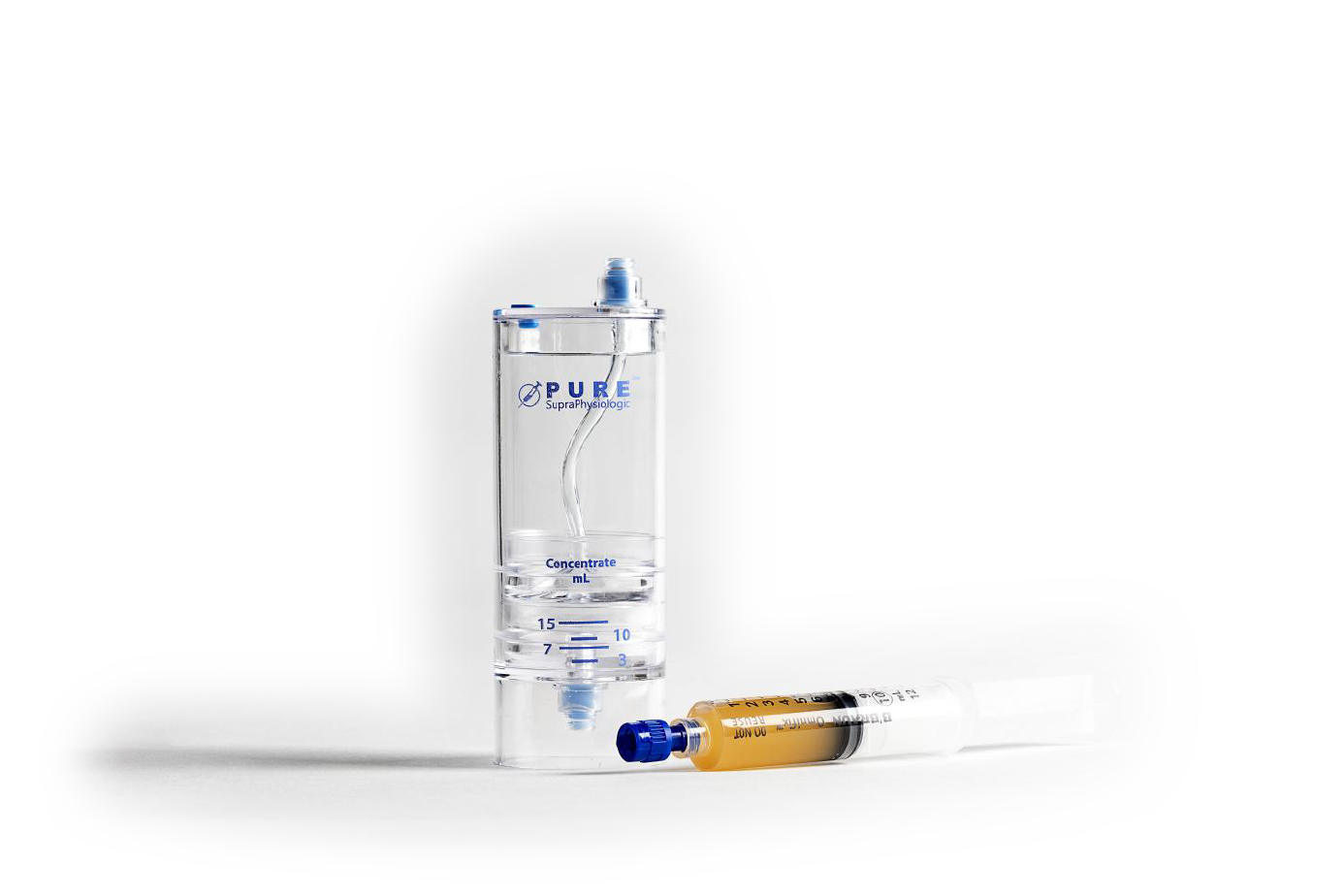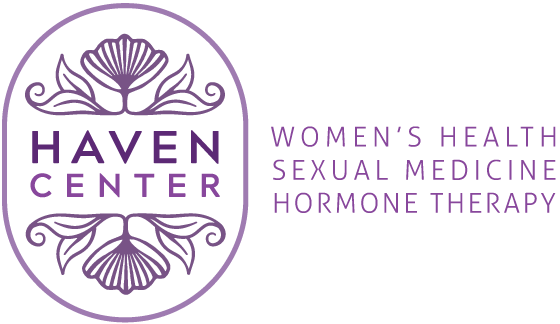Platelet-Rich Plasma (PRP)


What is Platelet-Rich Plasma (PRP)?
Platelet-rich plasma (PRP) is an innovative therapy designed to stimulate cellular regeneration and
healthy cell formation. Using a small sample of the patient’s own blood, it harnesses and amplifies
the natural growth factors found in our cells, which promotes a natural healing response. The best
part is that PRP is simply a highly concentrated form of the patient’s own blood that is reinjected
back into the body, so there are minimal risks associated with it.
What does PRP treat?
At Haven Center, we use PRP to address several different concerns across multiple areas of the
body. Our signature application, called the HavIN, which stands for “Haven Injection for iNtimacy,”
was developed by Dr. Babb to address some of the most common concerns seen in our practice,
such as vulvovaginal tissue changes associated with hormonal shifts, vaginal dryness, painful
intercourse, decreased arousal, vaginal and vulvar pain, and difficulty with orgasm. We also use
PRP to aid in the treatment of conditions including lichen sclerosus, vestibulodyna/vulvodynia,
vaginismus, and vestibulitis. Additionally, we offer breast rejuvenation, hair restoration, treatments
for scars and stretch marks, and PRP facial treatments which can result in tighter, smoother skin.
What does a treatment entail?
Patients will begin their PRP treatment with target area(s) identified, photographed, and marked.
Our nurse will draw a sample of blood, which will be placed into a special machine to isolate the Platelet-Rich Plasma. Topical numbing cream will be applied and patients will be given sedation
with nitrous oxide. Dr. Babb will further numb the target areas with lidocaine, after which a small
needle will be used to inject PRP. The total treatment time varies by patient and region of the body,
but the whole appointment will be less than two hours in length.
How effective is PRP?
PRP has been demonstrated to be very effective in numerous scientific studies and is currently used in many different medical specialties. For women’s health specifically, a study looking at PRP for lichen sclerosus, found that:
“nearly all patients exhibited clinical improvements in the size of their lesions with minimal pain and no complications. In 28.6% of the cases, the lesions completely disappeared.”(1)
In another study examining applications for sexual concerns, researchers used both the The Female Sexual Function Index (FSFI) as well as the Female Sexual Distress Scale (FSDI) to measure the response to vulvovaginal PRP. They discovered that the mean sexual distress score dropped from 17 to 7 and the sexual function scale improved by 5.5 points after PRP therapy. The authors concluded that:
“PRP intravaginal and intraclitoral injections could be an effective method to treat certain types of female dysfunction, especially in the areas of desire, arousal, lubrication and orgasm”(2)
How long do the results last?
In order for PRP to be most effective, an initial series of three treatments, spaced 4-6 weeks apart,
is required. Following this initial series, most patients will need a single treatment to maintain their
results once every 12-24 months.
Contraindications
Patients with active infections, or certain skin diseases should wait until they are well before
undergoing PRP therapy. It is not recommended for people with bleeding disorders or who
regularly take anticoagulant medications. Additionally, PRP therapy should not be performed in
patients who are anemic, pregnant, nursing, or who have cancer. We advise discontinuing NSAID
medications (ibuprofen, advil, aleve) for three days prior to the procedure and three days following
the procedure.
Are there any side effects?
Injection site reactions are common and include redness, swelling, and/or bruising at the injection
site. They are temporary and will resolve on their own within one week. Patients can expect some
soreness at the site of the injections. In some cases, due to the increased blood flow and tissue
healing properties of the PRP, patients may notice that their symptoms temporarily worsen for a
few days after the procedure. This is normal and will continue to improve over time.
Tips and Tricks
It is important to stay well-hydrated prior to, as well as for several days following the procedure.
You may use Tylenol (acetaminophen) after the procedure to manage any discomfort.
We recommend avoiding alcohol and caffeine for a few days prior to, and following the procedure.
You may resume normal activities at your discretion. We will provide complete pre and post PRP
instructions at the time of booking which go into further detail.
References
1 Sanoulis, V., Nikolettos, N., & Vlahos, N. (2019). The use of Platelet-Rich Plasma in the
Gynaecological Clinical Setting. A review. Hellenic Journal of Obstetrics and Gynecology, 18(3),
55-65.
2 Behnia‐Willison, F., Pour, N.R., Mohamadi, B., et al. (2016). Use of Platelet‐rich Plasma for
Vulvovaginal Autoimmune Conditions Like Lichen Sclerosus. Plastic and Reconstructive Surgery –
Global Open, 4(11), e1124.
